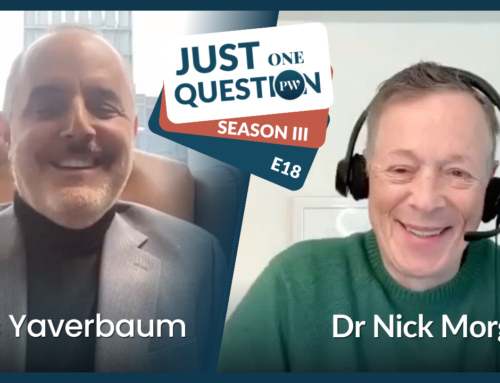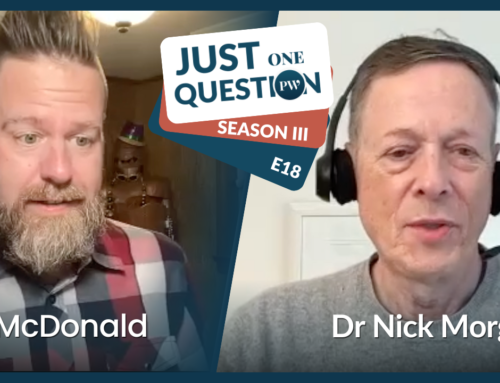The promise of word processing and email was that they were going to bring us friction-free communication and asynchronous convenience. Friction-free meant we no longer had to totter down to the Post Office, with the envelope, letter, and stamp we had managed somehow to put together in a tidy, first-class threesome and beg the post office worker to deliver the menage to the addressee.
We were to be freed from all that drudgery and set loose on more creative tasks.
The asynchronous part was how we were going to be able to send that email when it was convenient for us, and the recipient was going to be able to open that email when it was convenient for her. My cocktail hour, your morning coffee.
It sounds so civilized, it seems hard to believe that it didn’t work out that way. Instead, what we got was information overload, because it was so easy to send those emails, and 24/7 connection, because somewhere along the way we lost track of civilization. Now, anyone can email you at any time of day or night and feel entitled to be cross if she doesn’t hear back from you in an hour or two.
Enter Slack, and other similar “workplace software” or “team collaborative applications” designed to help you get a handle on the information overload and make workplaces more productive – by making text-based communication even easier to send and even more friction-free.
What do you think is the result?
You guessed it. According to recent research, Slack is causing workplace nightmares. Employees at large corporations that use the software are now averaging 200 slack messages per week. That’s just the average. Power users manage to spray the world with 1,000 Slack messages per day.
Instead of helping us control the email problem, Slack has just made matters worse. It’s what I discussed in Can You Hear Me? How to Connect with People in a Virtual World, published by Harvard in 2018. This recent research was published after Can You Hear Me? came out, but it confirms what I say in the book. When you make the cost of communication zero, you get more of it, and that’s not necessarily a good thing.
Our emails and Slack messages are misunderstood approximately 50% of the time. But the research shows that we believe we understand and are understood 90% of the time. Sadly, no. Our accuracy rates for both writing and reading text is no better than chance.
Part of the reason is that we’ve responded to the information overload in two rational ways. First, we’ve become a world of skimmers. We keep up with our flood of text by reading it less carefully. That helps us get through it faster, but it leads to more errors. Second, we’re writing shorter and shorter emails. The research backs this up. As we get more emails, we respond quickly with one and two words answers. Also, the higher up we rise in an organization, the shorter our texts, Slack and emails become. This economy of phrase, of course, compound the meaning felony by making misunderstanding even more common.
Now, try to wrap your overloaded mind around what happens when the highest levels of executives in an organization, who are copied on everything because no one wants to leave them out, skim more and more, reply with fewer and fewer words, and themselves make mistakes in both comprehension and meaning half the time?
This situation is only getting worse, not better. The pressures leading to this moment are only going to continue. What will be the endgame? Perfect inundation with perfect misunderstanding? What will written work-based communication look like then?









Thanks for bringing up this issue, Nick. Adding Slack to the communication mix with multiple workspaces and messages flying in all day is not a solution to too many emails, because Slack just means many more messages: )
Exactly! Thanks, Geetesh.
Hey Nice Blog!!! Thank you for sharing information. Wonderful blog & good post.Its really helpful for me, waiting for a more new post. Keep Blogging!
personality Development Institute in Gurgaon
Best English Speaking Coaching in Gurgaon
public speaking course in Gurgaon